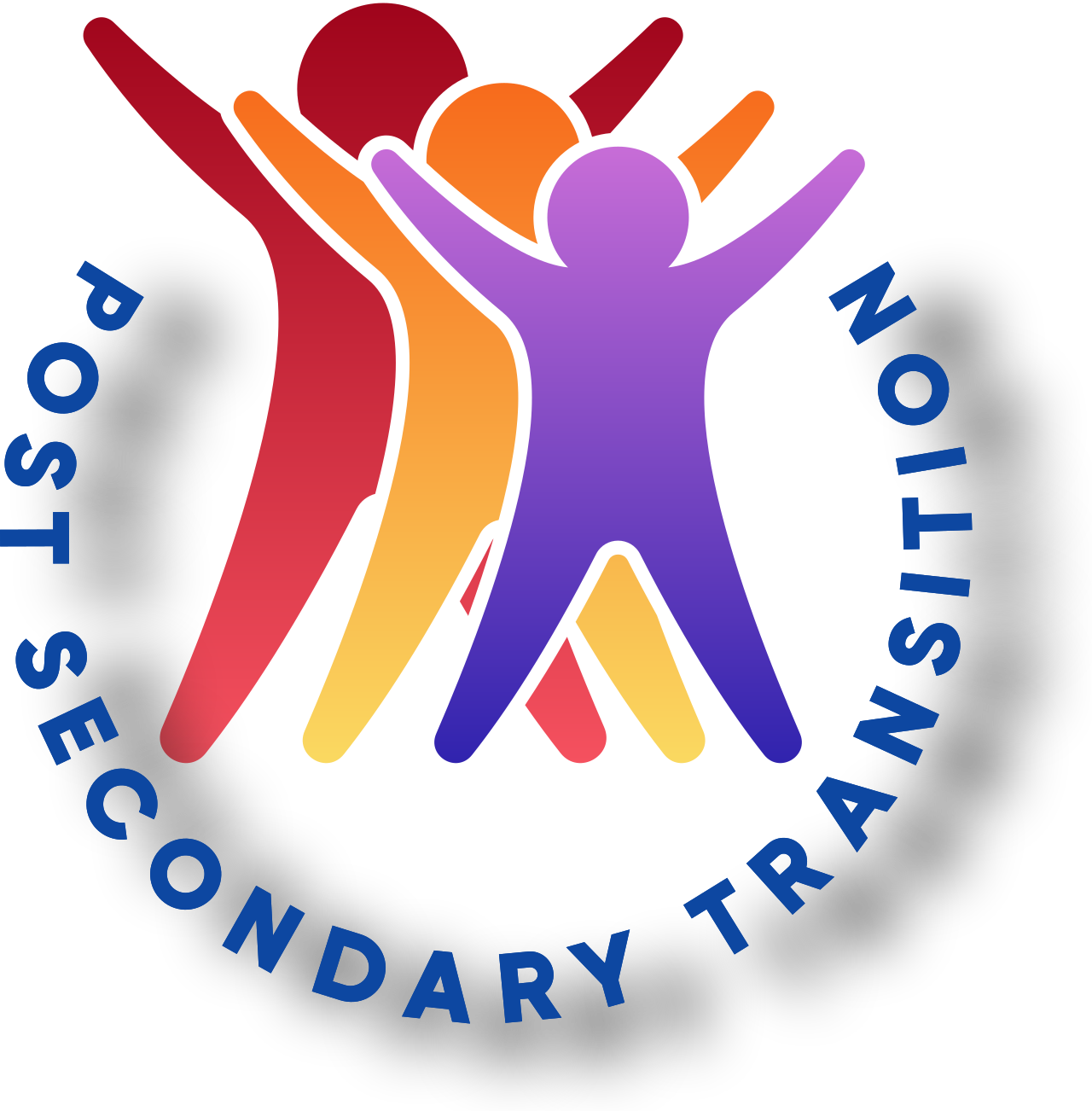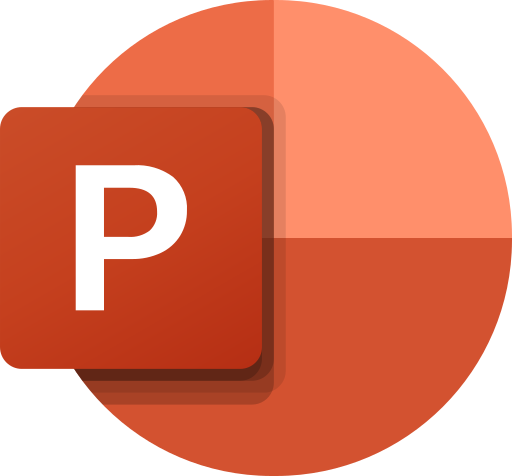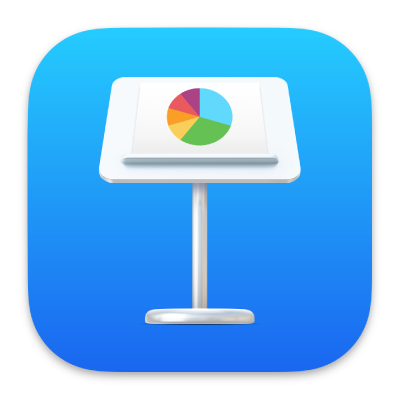TRANSITION Tools
ABLE Accounts
ABLE accounts, also known as Achieving a Better Life Experience accounts, are tax-advantaged savings accounts for individuals with disabilities and their families. These accounts are designed to help individuals with disabilities and their families save money for disability-related expenses while maintaining eligibility for certain public benefits programs, such as Medicaid and Supplemental Security Income (SSI).
Here are some key features of ABLE accounts:
Tax Advantages: Contributions to ABLE accounts are made with after-tax dollars, but the earnings on the account grow tax-free. Withdrawals from the account for qualified disability expenses are also tax-free.
Eligibility: To be eligible to open an ABLE account, the individual must have developed the disability before the age of 26. Additionally, the individual must be eligible for Social Security Disability Insurance (SSDI) or Supplemental Security Income (SSI), or have a disability certification from a physician.
Contribution Limits: The annual contribution limit for ABLE accounts is tied to the annual gift tax exclusion, which is $15,000 as of 2022. However, there are overall limits on how much can be contributed to an ABLE account over time, which vary by state.
Qualified Expenses: Funds in an ABLE account can be used to cover a wide range of disability-related expenses, including education, housing, transportation, employment training and support, assistive technology, healthcare, and other expenses that enhance the individual's quality of life.
ABLE accounts provide families with a valuable tool for saving and paying for disability-related expenses while preserving eligibility for government benefits. It's important to note that ABLE accounts are administered at the state level, so the specific rules and features of ABLE accounts may vary from state to state.
Comprehensive Transition Program
A Comprehensive Transition Program (CTP) is a specialized postsecondary education program designed for students with intellectual disabilities (ID) or other developmental disabilities (DD). These programs offer an inclusive and supportive environment where students can continue their education, gain vocational skills, and develop independence to successfully transition to employment and community living.
Key features of Comprehensive Transition Programs include:
Inclusive Environment: CTPs provide an inclusive and supportive learning environment where students with intellectual or developmental disabilities can fully participate in campus life alongside their peers without disabilities.
Academic and Career Development: CTPs offer academic courses, vocational training, and career development opportunities tailored to the individual needs and interests of students with disabilities. These programs may include courses in literacy, math, life skills, job readiness, and career exploration.
Person-Centered Planning: CTPs incorporate person-centered planning approaches to support students in setting and achieving their educational and career goals. This may involve developing individualized education plans (IEPs) or transition plans that outline the student's strengths, preferences, and support needs.
Support Services: CTPs provide a range of support services to help students succeed academically and socially. This may include tutoring, mentoring, counseling, assistive technology, accommodations, and specialized instruction to address the unique needs of students with disabilities.
Work-Based Learning: Many CTPs offer work-based learning experiences, such as internships, job shadowing, and supported employment placements, to help students gain real-world work experience and develop job skills in integrated community settings.
Transition Planning: CTPs assist students in developing transition plans to prepare for life after graduation. This may include support with job placement, independent living skills training, accessing community resources, and connecting with adult service agencies.
Collaboration with Community Partners: CTPs often collaborate with employers, vocational rehabilitation agencies, community colleges, and other organizations to provide students with access to additional resources and opportunities for employment and further education.
Comprehensive Transition Programs play a critical role in promoting inclusion, independence, and self-determination for individuals with intellectual and developmental disabilities by providing them with the supports and opportunities they need to pursue higher education and achieve their career goals.

Digital Portfolio
A digital portfolio for students with disabilities is an online collection of a student's work, achievements, and experiences, specifically designed to showcase their abilities and accomplishments within an educational context. The portfolio is created using digital tools and platforms, and it serves as a way to document and demonstrate the student's progress, skills, and growth over time.
For students with disabilities, a digital portfolio can have several important purposes and benefits
Individualized Showcase - It provides a personalized space for students to showcase their strengths, talents, and achievements in a format that accommodates their unique abilities and needs.
Visual Representation - For students who might struggle with traditional methods of communication, a digital portfolio can incorporate visuals, multimedia, and interactive elements to better express ideas and accomplishments.
Progress Tracking - Allows students, educators, and families to track the student's progress over time, highlighting milestones and improvements in various areas.
Accommodation and Accessibility - Digital portfolios can be designed to be accessible, incorporating features like adjustable text sizes, screen reader compatibility, and other accessibility features that cater to students with different disabilities.
Engagement and Motivation - Creating a digital portfolio can be a motivating and engaging process for students, as they get to select and present the content that they are proud of and that resonates with their interests.
Transition Planning - For students approaching transitions, such as moving from high school to higher education or employment, a well-documented digital portfolio can serve as evidence of their skills and accomplishments, aiding in the transition planning process.
Self-Advocacy - Encourages students to take ownership of their learning journey by reflecting on their work and experiences, thus fostering self-advocacy skills that are valuable for their educational and personal development.
Some informal digital portfolio tools might be…
There are formal and informal platforms for digital porfolios’s; ultimately it’s up to the school district. The content of a digital portfolio may also vary widely based on the student's abilities, interests, and educational goals. Portfolio’s might include text-based work, audio recordings, videos, images, art, projects, reports, and more. A portfolio can be organized into sections that highlight different aspects of a student's achievements, growth, and aspirations.
Ultimately, a digital portfolio for students with disabilities is a versatile tool that promotes inclusivity, individuality, and empowerment, allowing them to demonstrate their capabilities in ways that best suit their needs and strengths.
More information can be found here.
Post Secondary Transition Podcast Ep. 39: Digital Portfolios
Work Programs (school-based)
(AKA work-based learning programs or school-to-work programs) are designed to integrate academic learning with practical work experience. These programs aim to prepare students for the workforce by providing them with opportunities to gain real-world skills, experience various career paths, and develop professional networks while still in school.
Post Secondary Transition Podcast Ep. 19: School-based Work Programs
Internships: These programs often include internships or apprenticeships where students work in actual workplaces under the supervision of professionals. Internships can be part-time or full-time and may be paid or unpaid.
Job Shadowing: Students may have the opportunity to shadow professionals in various fields to observe their daily activities and gain insight into potential career paths.
Career and Technical Education (CTE) Programs: Many school-based work programs are part of CTE programs, which offer courses and training in specific career pathways such as healthcare, information technology, engineering, or hospitality.
Employer Partnerships: Schools often collaborate with local businesses, industries, and community organizations to provide work opportunities for students and ensure that the skills being taught align with industry needs.
Academic Credit: In some cases, students may earn academic credit for participating in work-based learning experiences, which can count towards graduation requirements.
The Supported Education Model
The supported education model is an approach designed to assist individuals with disabilities, mental health concerns, or other barriers to education in successfully accessing and participating in postsecondary education. This model typically involves the provision of personalized supports, accommodations, and services to address the unique needs of students and facilitate their academic success.
Key components of the supported education model may include:
Individualized Planning: Developing personalized education plans that consider the strengths, interests, and goals of each student, as well as any challenges or barriers they may face.
Collaborative Support: Involving a team of professionals, including educators, counselors, disability specialists, and other support staff, to provide comprehensive support and assistance to students throughout their academic journey.
Accessible Services: Ensuring that students have access to a range of services and accommodations, such as assistive technology, note-taking support, extended time for exams, and accessible transportation, to address their specific needs and facilitate their participation in coursework and campus activities.
Skill Building: Offering opportunities for students to develop essential academic and life skills, such as time management, study skills, communication skills, and self-advocacy, to enhance their ability to succeed in a college or university setting.
Peer Support and Mentoring: Providing peer support groups, mentoring programs, or buddy systems to help students connect with others who share similar experiences and provide encouragement, guidance, and social support.
Transition Planning: Supporting students in transitioning from high school or other educational settings to postsecondary education, as well as assisting them in planning for their transition to employment or further education after completing their academic program.
Overall, the supported education model aims to promote inclusivity, independence, and empowerment for individuals with disabilities by ensuring equal access to educational opportunities and providing the necessary supports and accommodations to help them achieve their educational and career goals.
Transition Fair
Transition Fair
Transition resource fairs are events designed to provide parents of students with disabilities access to a wide range of resources, information, and services to support their children's transition from school to adulthood. These fairs aim to help parents and students navigate the challenges of post-secondary education, employment, independent living, and community engagement.
It's important for parents to attend transition resource fairs with an open mind, willingness to learn, and a list of questions they want to address. These events can work in helping families build a foundation for their child's transition to adulthood.
**Information Gathering**
Fairs are designed and intended to be a “one-stop shop” to gather information about available resources. Take the opportunity to collect brochures, contact information, and details about local agencies that specialize in services for individuals with disabilities that are of interest to you and your loved ones. This information can help make informed decisions about your child's future.
**Networking Opportunities**
Transition resource fairs bring together parents, educators, service providers, and other families facing similar challenges. These events provide an opportunity to network and connect with people who can offer guidance, share experiences, and provide emotional support.
**Workshops and Seminars**
Be on the lookout as many fairs include workshops and seminars on topics like transition planning, legal rights, financial planning, and assistive technology. Parents can attend these sessions to gain insights into the practical aspects of preparing their child for life after school.
**Individualized Education Program (IEP) Considerations**
Transition planning is an essential part of the Individualized Education Program (IEP) process. Transition resource fairs can help parents understand the components of a comprehensive transition plan and how to align it with their child's strengths, needs, and goals.
**Agency Collaboration**
Fairs often involve collaboration between various agencies, including state education departments, vocational rehabilitation services, disability advocacy groups, and more. Parents can learn how these agencies work together to provide a continuum of support.
**Legal and Rights Information**
Parents can receive information about their child's legal rights, including the rights protected under the Individuals with Disabilities Education Act (IDEA) and the Americans with Disabilities Act (ADA). Understanding these rights is crucial for advocating for appropriate services and accommodations.
**Transition Timelines**
Transition planning should ideally start well before a student's high school graduation. Parents can learn about the recommended timelines for different transition-related activities, such as exploring post-secondary options, applying for services, and setting up vocational training.
**Financial Planning and Benefits**
Parents can receive information about financial planning, including benefits their child might be eligible for (such as Supplemental Security Income or Medicaid) and strategies for ensuring financial stability in the future.
**Parent Involvement**
Active involvement in the transition planning process is essential. Transition resource fairs can equip parents with the knowledge and tools they need to effectively advocate for their child's needs and preferences.
Fairs are organized to offer parents (and students) an understanding of the services and support available in their area. Parents can learn about various programs, agencies, and organizations that provide assistance in areas such as vocational training, higher education, job placement, independent living skills, healthcare, and social integration. When attending a transition fair, keep these things in mind:









